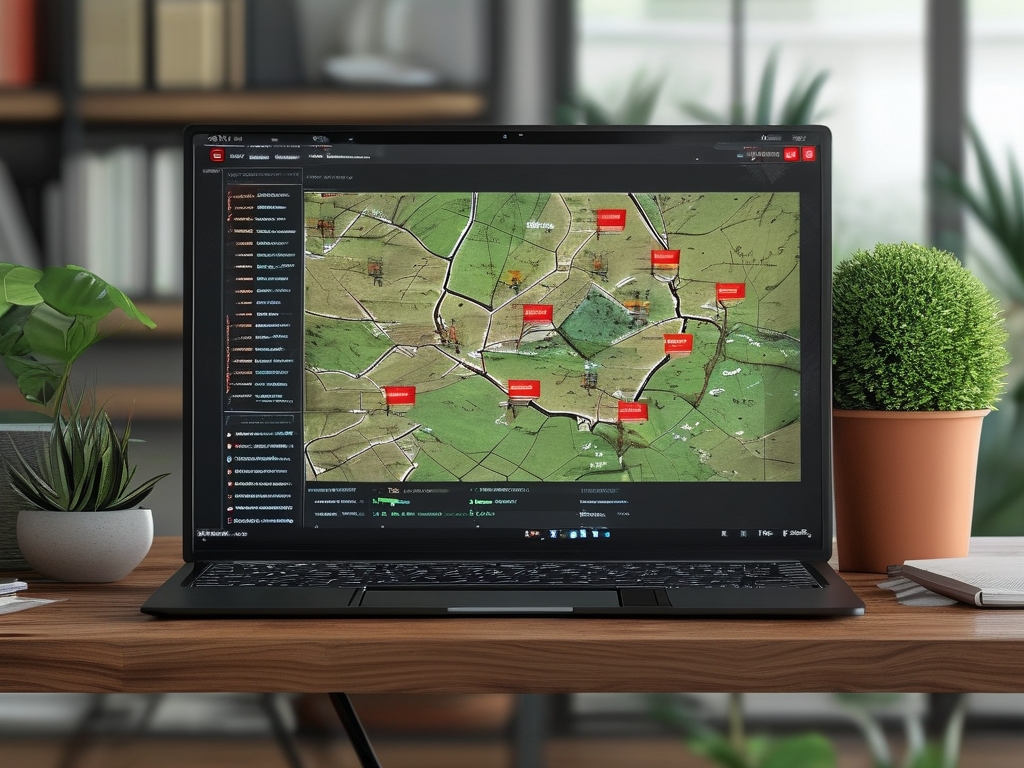In modern warfare, the ability to rapidly adapt and deploy resources holds unparalleled strategic value. The concept of automated battlefield layout design has emerged as a transformative force, merging artificial intelligence (AI), geographic information systems (GIS), and real-time data analytics to redefine military planning. This article explores how automated design tools are reshaping operational strategies, the technologies driving this shift, and their implications for future conflicts.

The Limitations of Traditional Battlefield Planning
Historically, creating a combat deployment map required days of manual analysis. Military planners relied on static maps, historical data, and human intuition to allocate troops, equipment, and defensive structures. This process was not only time-consuming but also prone to errors due to cognitive biases or outdated information. For instance, during the 2003 Iraq War, delayed updates to terrain data led to logistical bottlenecks, highlighting the risks of manual planning.
How Automation Transforms Deployment Design
Automated design systems address these challenges by integrating three core technologies:
- AI-Driven Predictive Analytics: Machine learning models analyze historical combat data, weather patterns, and enemy behavior to predict optimal deployment scenarios. For example, neural networks can simulate thousands of potential ambush points and recommend countermeasures.
- Real-Time GIS Integration: Satellite imagery and drone feeds update terrain maps dynamically, accounting for obstacles like destroyed bridges or newly erected fortifications.
- Collaborative Decision-Making Algorithms: These tools enable joint-force coordination, automatically resolving conflicts in resource allocation between air, land, and naval units.
A case study from NATO's 2022 exercises demonstrated that AI-generated deployment plans reduced planning time by 73% while improving resource utilization efficiency by 40%.
Technical Architecture of Automated Design Systems
Modern systems operate on a layered framework:
- Data Layer: Aggregates inputs from sensors, intelligence reports, and legacy databases.
- Processing Layer: Combines reinforcement learning for strategy optimization and swarm intelligence algorithms for decentralized decision-making.
- Output Layer: Generates interactive 3D maps with adjustable parameters, allowing commanders to test "what-if" scenarios.
Notably, the U.S. Army's Project Convergence employs quantum computing to solve complex logistical equations in minutes-a task previously requiring weeks.
Ethical and Strategic Challenges
While automation offers advantages, it introduces dilemmas:
- Overreliance on AI: Over-trusting algorithms may lead to catastrophic failures if systems are hacked or fed biased data.
- Human-Machine Interface: Commanders must balance AI recommendations with situational awareness. The 2020 Nagorno-Karabakh conflict showcased how drone swarms guided by AI could overwhelm traditional defenses, raising questions about escalation risks.
- Ethical Programming: Ensuring AI adheres to international laws of war (e.g., avoiding civilian targets) remains unresolved.
Future Directions: From Automation to Autonomy
The next frontier lies in fully autonomous systems capable of real-time adaptation. DARPA's Adaptive Cross-Domain Kill Chains initiative aims to create self-optimizing networks that adjust deployments mid-mission. Meanwhile, China's AI 2.0 program focuses on brain-inspired computing to mimic tactical creativity.
However, experts warn that unchecked autonomy could destabilize global security. A 2023 UN report urged binding frameworks to govern military AI, akin to nuclear non-proliferation treaties.
Automated battlefield layout design is not merely a technical upgrade but a paradigm shift in warfare. By enhancing speed, precision, and adaptability, these systems empower militaries to preempt threats in an increasingly volatile world. Yet, their responsible adoption demands rigorous oversight, international cooperation, and unwavering ethical scrutiny. As Sun Tzu's adage reminds us, "Victorious warriors win first and then go to war"-and in the 21st century, victory may belong to those who master the art of automated strategy.



